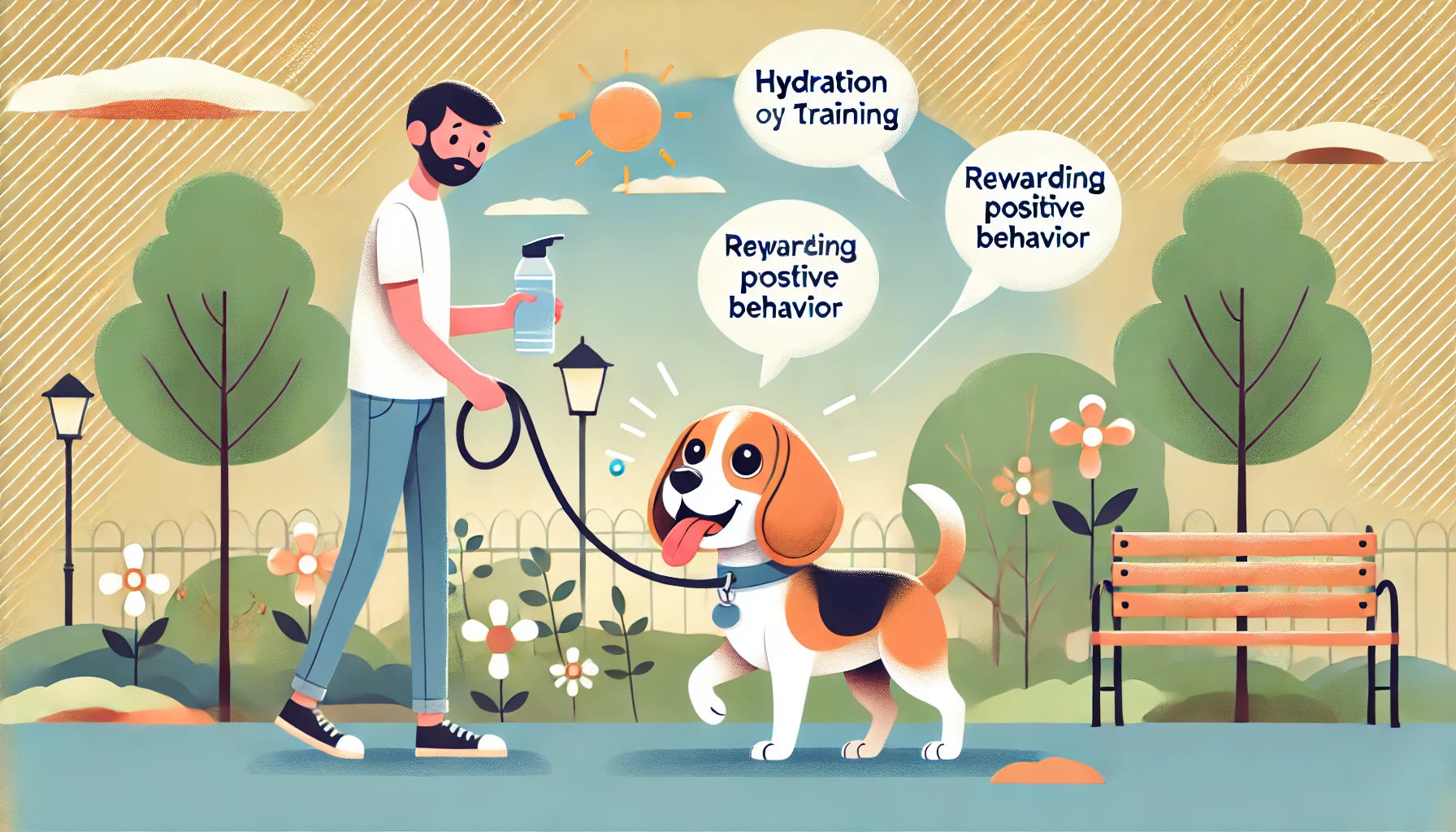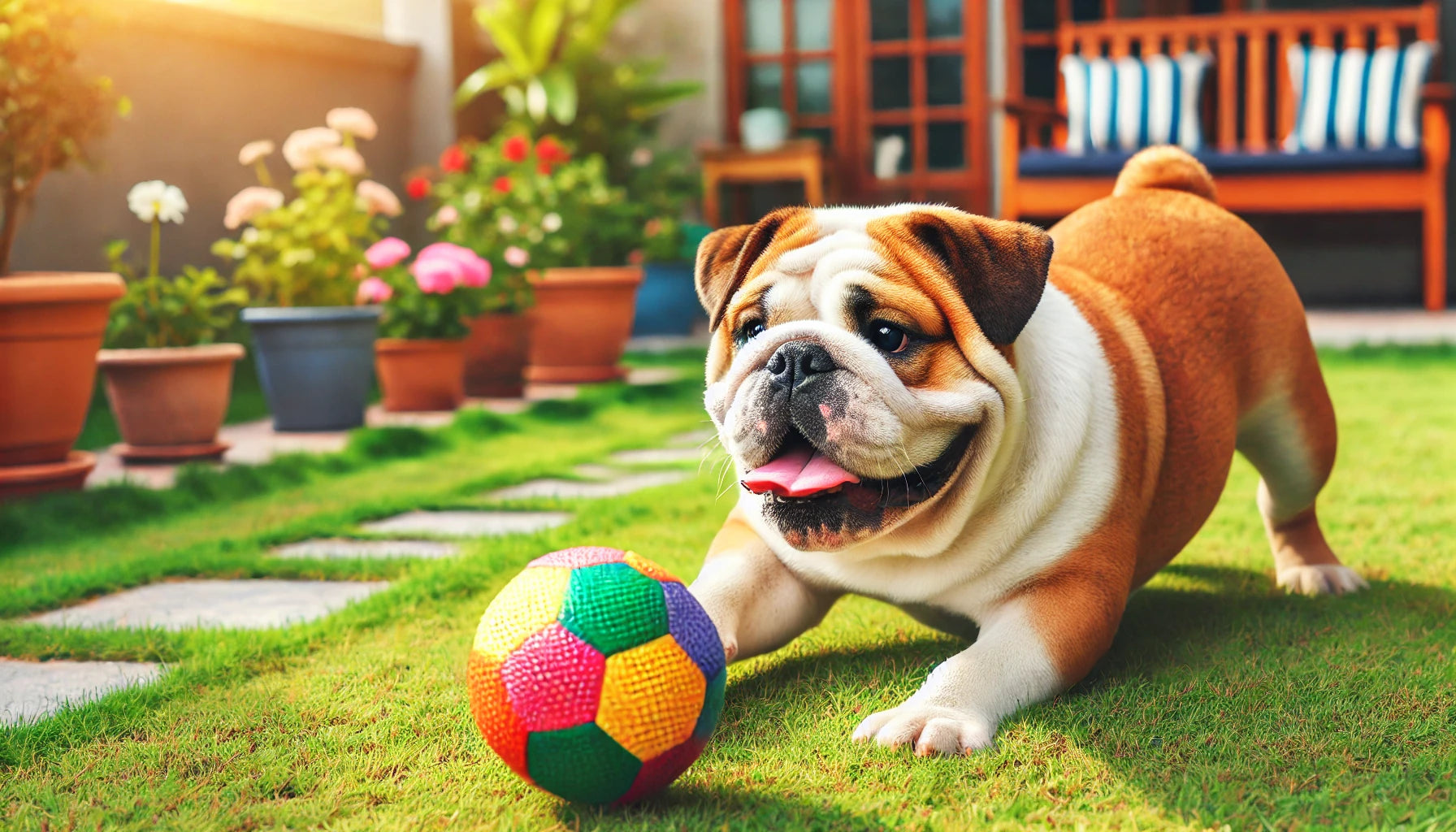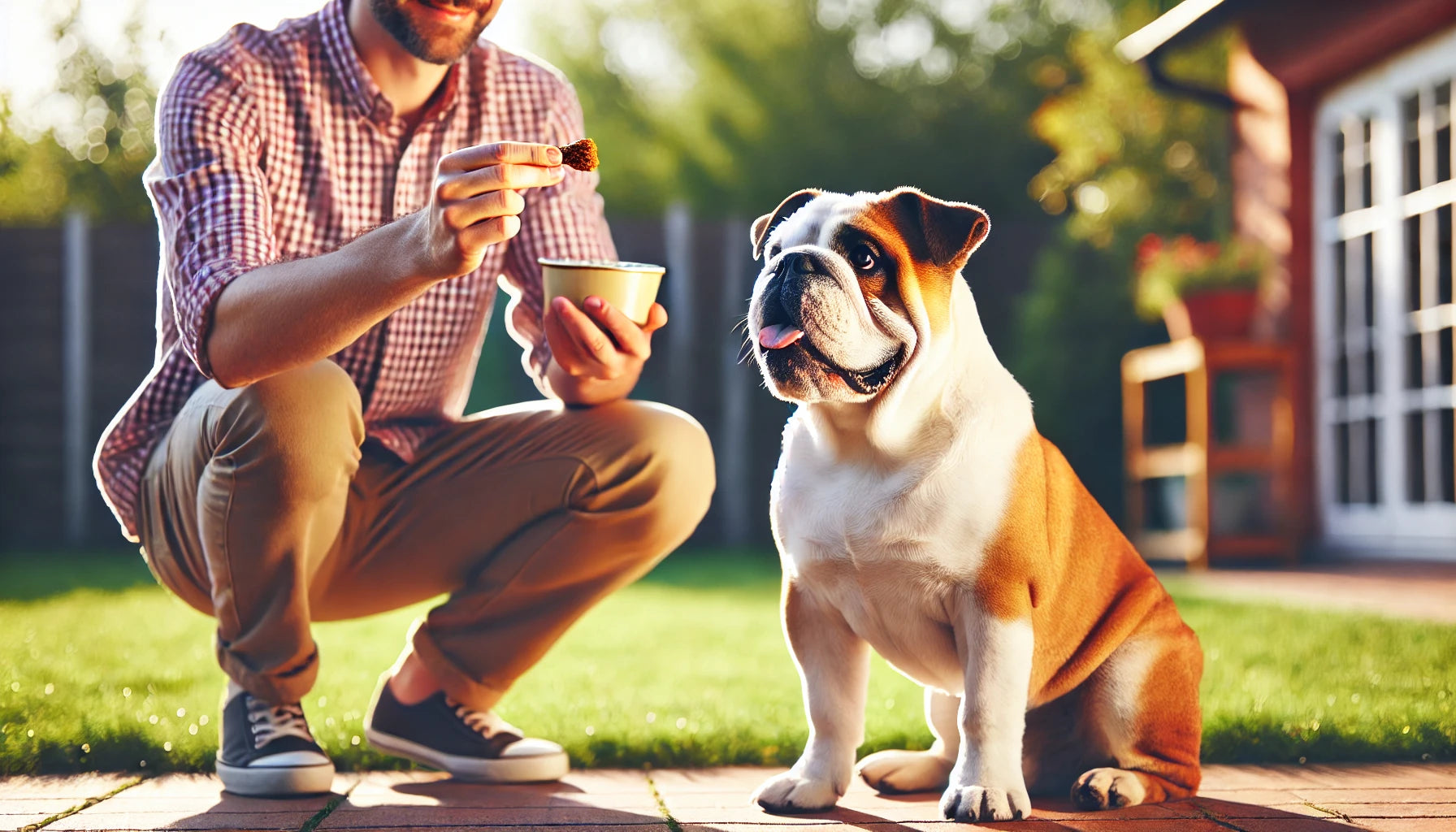Introduction
Les Rottweilers sont des chiens forts et intelligents qui font des compagnons loyaux. Cependant, une formation appropriée est essentielle pour s'assurer qu'ils grandissent pour devenir des animaux de compagnie bien élevés. Dans ce guide, nous couvrirons tout ce que vous devez savoir sur l'entraînement efficace et humain de votre Rottweiler.

Comprendre la Personnalité du Rottweiler
Avant de plonger dans les techniques d'entraînement, il est crucial de comprendre la personnalité d'un Rottweiler. Ces chiens sont connus pour leur nature protectrice, leur confiance en eux et leur intelligence. Ils nécessitent une main ferme, mais aimante, dans l'entraînement pour s'épanouir et devenir des membres bien équilibrés de votre famille.
Les Bases de l'Entraînement du Rottweiler
Établir une Routine d'Entraînement
La cohérence est la clé lorsqu'il s'agit d'entraîner votre Rottweiler. Établissez une routine quotidienne qui inclut des séances d'entraînement, de l'exercice et des moments de jeu. Cette structure aide votre chien à comprendre ce qu'il doit attendre et renforce les bons comportements.
Utiliser le Renforcement Positif
Le renforcement positif consiste à récompenser votre Rottweiler pour les bons comportements. Cela peut se faire par des friandises, des éloges ou du temps de jeu. Le renforcement positif encourage votre chien à répéter le comportement, ce qui en fait un outil d'entraînement efficace.
La Socialisation est Essentielle
La socialisation précoce est cruciale pour les Rottweilers. Exposez votre chiot à divers environnements, personnes et autres animaux. Cette exposition les aide à grandir en adultes bien équilibrés qui sont moins susceptibles de manifester de la peur ou de l'agressivité envers des stimuli inconnus.
Commandes de Base que Tout Rottweiler Devrait Apprendre
Commande « Assis »
La commande « assis » est l'une des commandes fondamentales que tout chien devrait apprendre. Pour l'enseigner, suivez ces étapes :
- Tenez une friandise près du nez de votre Rottweiler.
- Déplacez votre main vers le haut, permettant à sa tête de suivre la friandise. Cette position fera naturellement descendre son postérieur.
- Une fois qu'il est en position assise, dites « assis » et donnez-lui la friandise.
- Répétez cela plusieurs fois jusqu'à ce que votre chien s'asseye de manière cohérente sur commande.
Commande « Reste »
La commande « reste » est cruciale pour la sécurité et le contrôle. Voici comment l'entraîner :
- Commencez avec votre Rottweiler en position « assis ».
- Ouvrez votre paume devant vous et dites « reste ». Faites quelques pas en arrière.
- Si votre chien reste, revenez et récompensez-le.
- Augmentez progressivement la distance et le temps pendant lequel il doit rester avant de recevoir une récompense.
Commande « Viens »
La commande « viens » peut vous sauver la vie dans de nombreuses situations. Pour enseigner cette commande :
- Commencez dans un endroit calme avec peu de distractions.
- Dites le nom de votre Rottweiler suivi de « viens », en utilisant un ton excité.
- Lorsque votre chien vient à vous, récompensez-le généreusement.
- Pratiquez progressivement cette commande dans des environnements plus distrayants.
Techniques d'Entraînement Avancées
Entraînement en Laisse
L'entraînement en laisse est vital pour les promenades et les sorties. Voici comment procéder :
- Commencez avec votre Rottweiler en laisse courte.
- Lorsque qu'il tire, arrêtez de marcher. Attendez qu'il revienne à votre côté avant de continuer.
- Récompensez-le pour marcher à côté de vous sans tirer.
- Pratiquez dans des zones à faible distraction avant de vous rendre dans des endroits plus fréquentés.
Entraînement en Caisse
L'entraînement en caisse peut offrir à votre Rottweiler un espace sûr. Suivez ces étapes :
- Choisissez une caisse suffisamment grande pour que votre chien puisse se tenir debout, se retourner et se coucher confortablement.
- Introduisez votre chien à la caisse en utilisant des friandises et des éloges.
- Commencez par de courtes périodes dans la caisse, en augmentant progressivement le temps.
- Ne jamais utiliser la caisse comme punition.

Gestion des Problèmes de Comportement
Traiter l'Agressivité
Si vous remarquez un comportement agressif, il est essentiel de le traiter rapidement. Consultez un dresseur de chiens professionnel ou un comportementaliste spécialisé dans les Rottweilers.
Aboiements Excessifs
Les Rottweilers peuvent aboyer pour diverses raisons. Identifiez la cause, qu'il s'agisse de l'ennui, de l'anxiété ou des instincts protecteurs, et traitez-la par le biais de l'entraînement, de l'exercice et de la stimulation mentale.
Exercice et Stimulation Mentale
Les Rottweilers sont des chiens énergiques qui nécessitent un exercice quotidien. Engagez-vous dans des activités telles que :
- Longues promenades ou courses
- Jeu de rapport
- Entraînement à l'agilité
- Jouets interactifs et puzzles
Utilisation de Ressources d'Entraînement Professionnelles
Si vous trouvez l'entraînement difficile, envisagez de faire appel à un professionnel. Les cours d'obéissance peuvent offrir des expériences d'apprentissage précieuses tant pour vous que pour votre Rottweiler.
Soins et Considérations de Santé
Besoins de Toilettage Réguliers
Les Rottweilers ont un pelage court qui nécessite un toilettage minimal. Un brossage régulier aide à réduire la perte de poils et à maintenir leur pelage sain.
Surveillance de la Santé
Les visites régulières chez le vétérinaire sont essentielles pour le bien-être de votre Rottweiler. Soyez attentif aux problèmes de santé spécifiques à la race, tels que la dysplasie de la hanche ou les conditions cardiaques.
Conclusion
L'entraînement de votre Rottweiler demande de la patience, de la cohérence et de l'amour. N'oubliez pas de célébrer les petites victoires et de maintenir une attitude positive tout au long du processus d'entraînement. Avec la bonne approche, votre Rottweiler deviendra un membre bien élevé et aimé de votre famille.
FAQs sur l'Entraînement des Rottweilers
Combien de temps faut-il pour entraîner un Rottweiler ?
Le temps nécessaire pour entraîner un Rottweiler varie en fonction du chien individuel et de la complexité des commandes apprises. En général, avec un entraînement cohérent, les commandes de base peuvent être établies en quelques semaines.
L'entraînement professionnel est-il nécessaire pour les Rottweilers ?
Bien qu'il ne soit pas toujours nécessaire, l'entraînement professionnel peut bénéficier autant aux propriétaires novices qu'aux manipulateurs expérimentés, en particulier pour les problèmes de comportement ou l'entraînement avancé.
À quel âge dois-je commencer à entraîner mon Rottweiler ?
Commencez l'entraînement dès que possible, idéalement avec des cours de socialisation pour chiots autour de 8 à 12 semaines d'âge. L'obéissance de base peut commencer peu de temps après.
Les Rottweilers peuvent-ils être laissés seuls pendant de longues périodes ?
Les Rottweilers sont des chiens sociaux et peuvent éprouver une anxiété de séparation s'ils sont laissés seuls pendant de longues périodes. Essayez de courtes périodes seuls et augmentez progressivement le temps à mesure qu'ils s'adaptent.
Quelles sont les erreurs courantes à éviter lors de l'entraînement d'un Rottweiler ?
- Utiliser une punition sévère au lieu du renforcement positif.
- Incohérence dans les commandes et les attentes.
- Négliger les opportunités de socialisation pendant les phases critiques de développement.
- Attendre des résultats immédiats sans patience et persévérance.
Réflexions Finales
L'entraînement d'un Rottweiler peut être une expérience enrichissante qui renforce votre lien. Avec de l'engagement et les bonnes techniques, vous pouvez élever un chien bien élevé et heureux qui apporte de la joie à votre vie.













